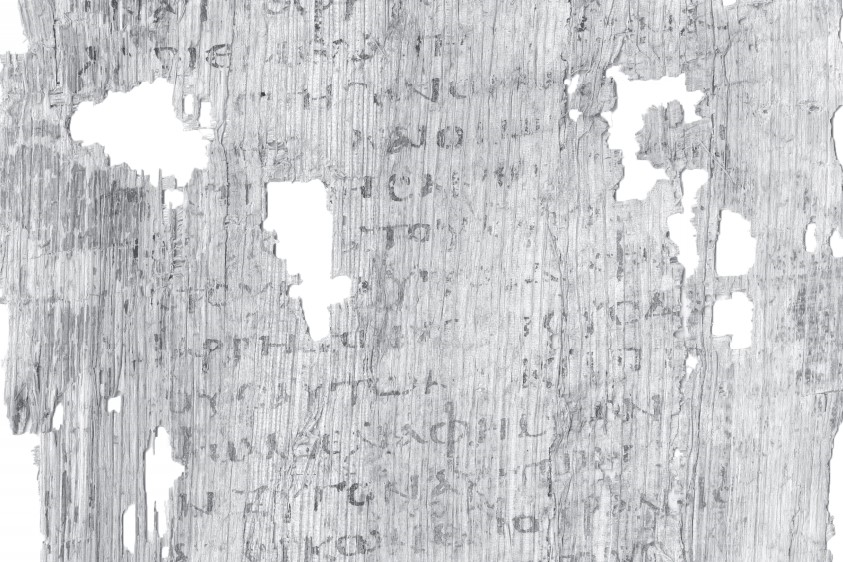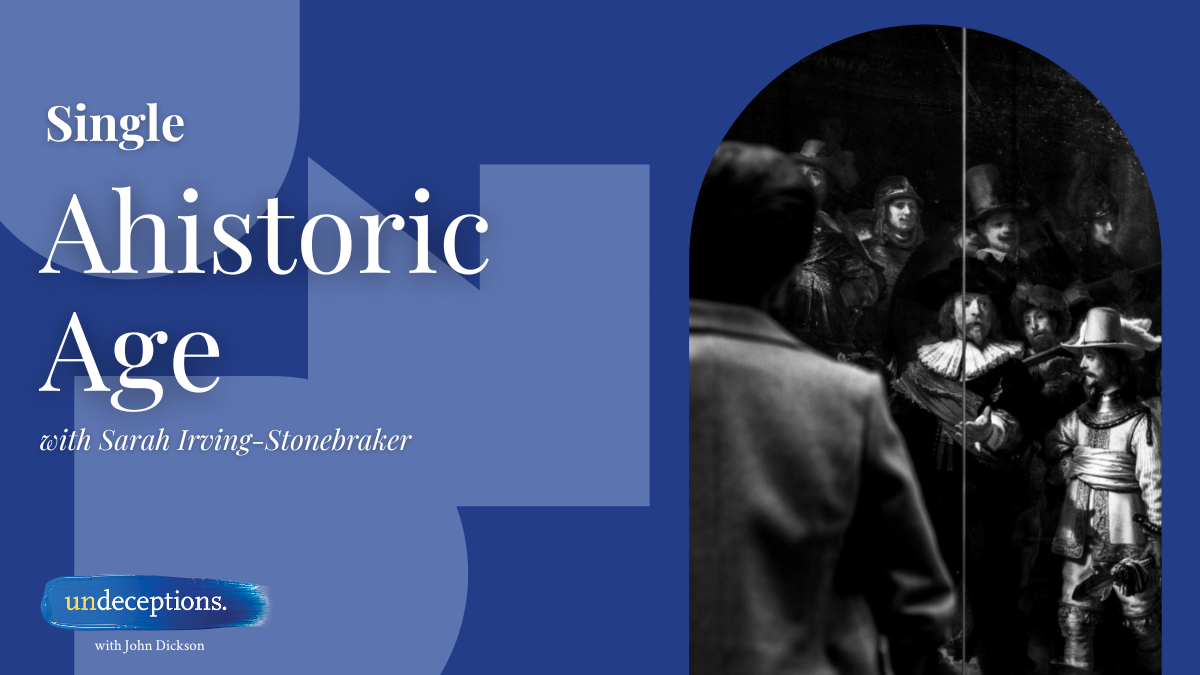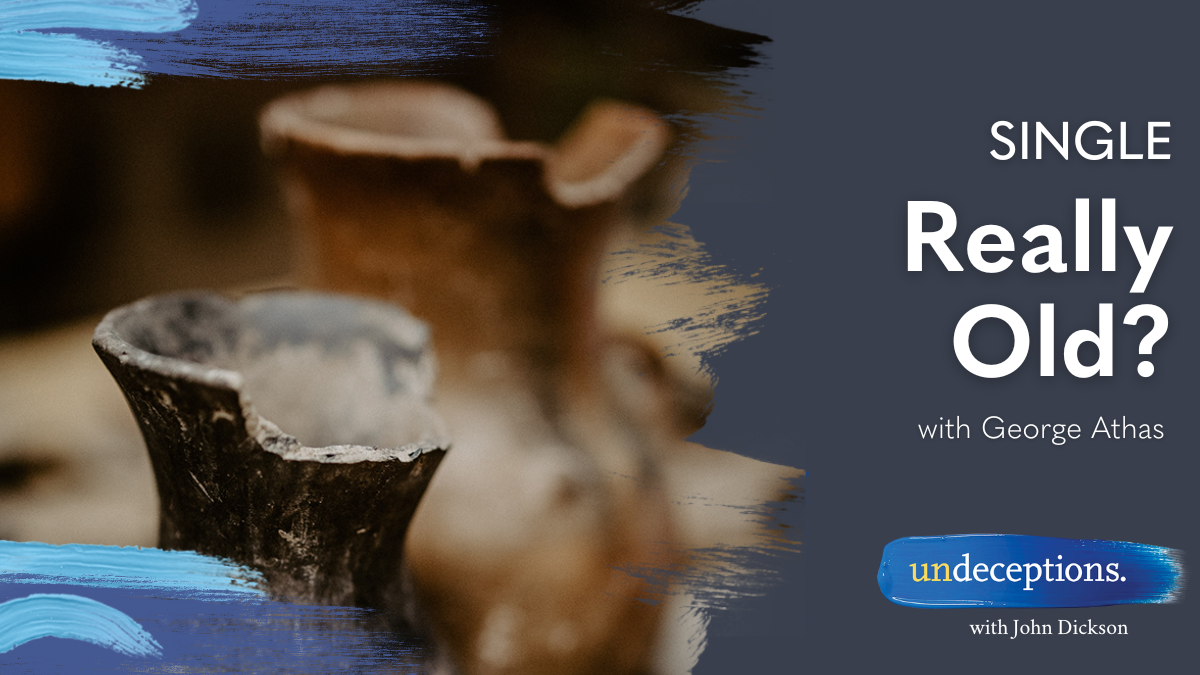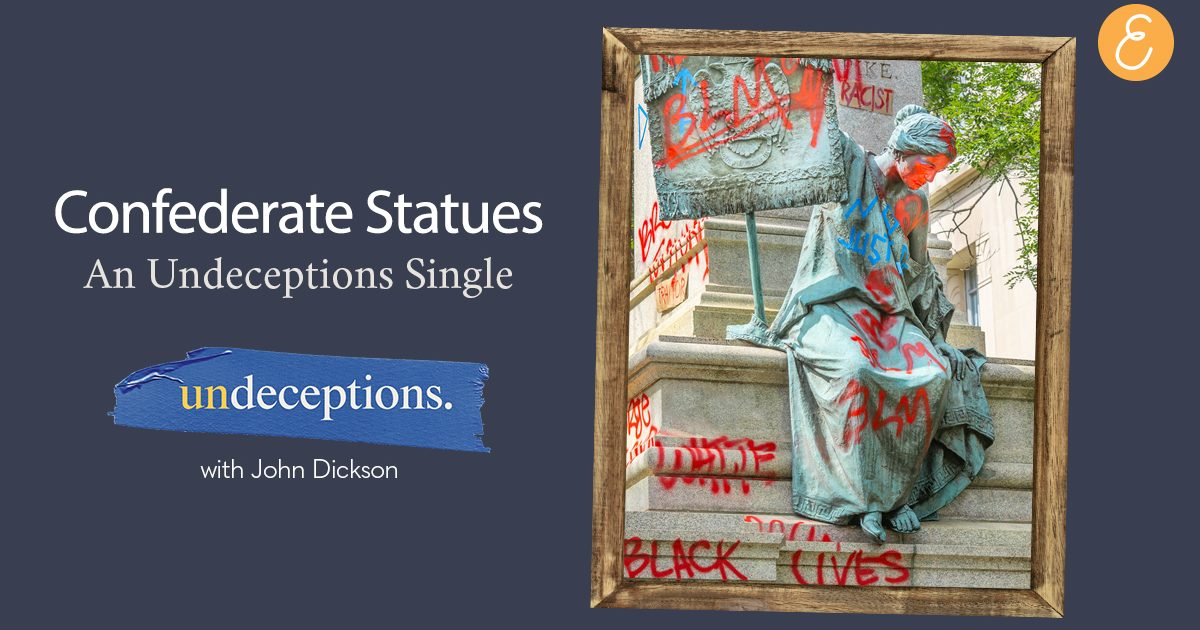A Greek papyrus discovered by the Egypt Exploration Society (EES) is likely to be the earliest fragment of the Gospel of Mark, dated from between AD 150-250.
The papyrus was found in the city Oxyrhynchus, south of Cairo, in an ancient Egyptian rubbish dump. At this same site, hundreds of thousands of manuscript fragments were excavated around the turn of the 20th century (1896-1906). Only a fraction of the manuscripts excavated at that time have ever been published. In a statement, the EES it is believed the Mark fragment (identified as ‘Papyrus 5345’) was uncovered in 1903.
“Handling this thing and reading the ink marks on such old papyrus transported me back to Egypt, where it was found and where we know Mark’s Gospel was very popular.”
Australian historian, pastor and author John Dickson was in Oxford’s Sackler Library last week and had the opportunity to examine the fragment under a microscope. He told Eternity it was a “beautiful experience”.
“Handling this thing and reading the ink marks on such old papyrus transported me back to Egypt, where it was found and where we know Mark’s Gospel was very popular,” Dickson said.
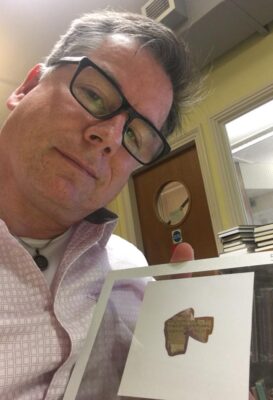
John Dickson inspected the newly published fragment of the Gospel of Mark, dated the earliest manuscript yet.
According to Dickson, the discovery of any manuscript is important because it “expands our collection of witnesses to the ‘original New Testament’. However, this fragment was of particular importance given its early dating.
“The more manuscript witnesses you have of a text, the easier it is to work out where changes have been made – if indeed they’ve been made.”
This particular fragment of the Gospel of Mark has had its fair share of conflict. In 2012, claims surfaced that it was from the first century, which would place it within decades of the time of Jesus Christ. The claims were made before publication, when scholars would have the opportunity to examine the fragment for themselves. Suggestions that the fragment has come up for sale have further muddied the scholarly waters.
While Dickson says it’s a shame the fragment has been published after such hype, the official published account of the fragment, released this week, is “very measured in offering a date of late 2nd century or early 3rd century.”
The fragment is tiny, only about 4cm long, written on the front and back, with about five to six lines of words, not all still legible. It has Mark 1:7-9 on one side, where John says he “baptises with water” but that Jesus will “baptise with the Holy Spirit”, and 1:17-18 on the other side, where Jesus calls the disciples to “Come follow me and I will make you fishers of people.”
“[It is] a precious, incremental contribution to our overall picture of the spread of Christianity and the early Christian efforts faithfully to disseminate the Gospel of our Lord.”
“There is only one substantial difference between what’s written in this fragment and what we find in our other manuscripts,” says Dickson. “Instead of ‘Jesus said’ [‘Come, follow me’], this fragment reads, ‘He said …’ It’s obvious that it is Jesus talking at this point, but the scribe just wrote ‘he’ instead of the name ‘Jesus’.”
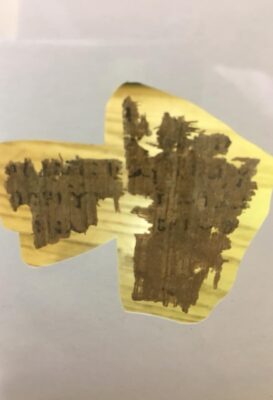
The (newly identified) earliest fragment of the Gospel of Mark, chapter 1 (P.Oxy 5345 – late 2nd/early 3rd century). One side reads, “I baptise you with water but he will baptise you with the Holy Spirit” (1:8-9); the other, “He said, ‘Come follow me, and I will make you fishers of people’. Immediately they left their nets …” (1:17-18)
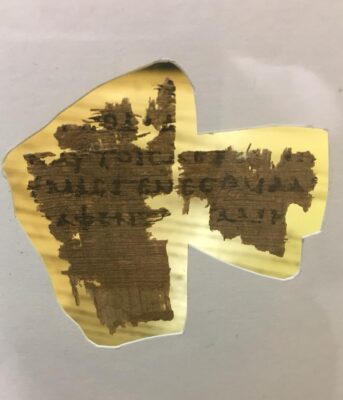
The other side of the 5345 fragment
“Another curious feature of the fragment is that the word ‘Spirit’ in the words ‘baptise with the Holy Spirit’ is written in a special form known as the nomen sacrum or ‘sacred name’. This is where scribes contract a particularly important word – usually divine names – and draw a line over the top of it, as if to say, ‘this is a holy word.’ In this case, the scribe has contracted ‘pneumati’ (meaning, ‘spirit’) to simply ‘pni’ and overlined it [the way we might underline a word].”
From the style of letters on the fragment, Dickson says it’s possible to tell that the scribe who copied out this manuscript of Mark was “what you might call ‘semi-professional’.”
“Around AD 200, we are not yet at the stage in the history of Christianity where fully professional scribes would help out in the copying process. The church had to rely on the goodwill of educated members of the church doing their best to make copies of this most precious document. They did a pretty good job, too!”
Dickson says the Gospel of Mark fragment is “a precious, incremental contribution to our overall picture of the spread of Christianity and the early Christian efforts faithfully to disseminate the Gospel of our Lord.”
Listen to the full episode 2 of Undeceptions here: Old Papers. Undeceptions is hosted by author and historian John Dickson and seeks to tackle common myths and misconceptions about the Christian faith. Find out more here.
